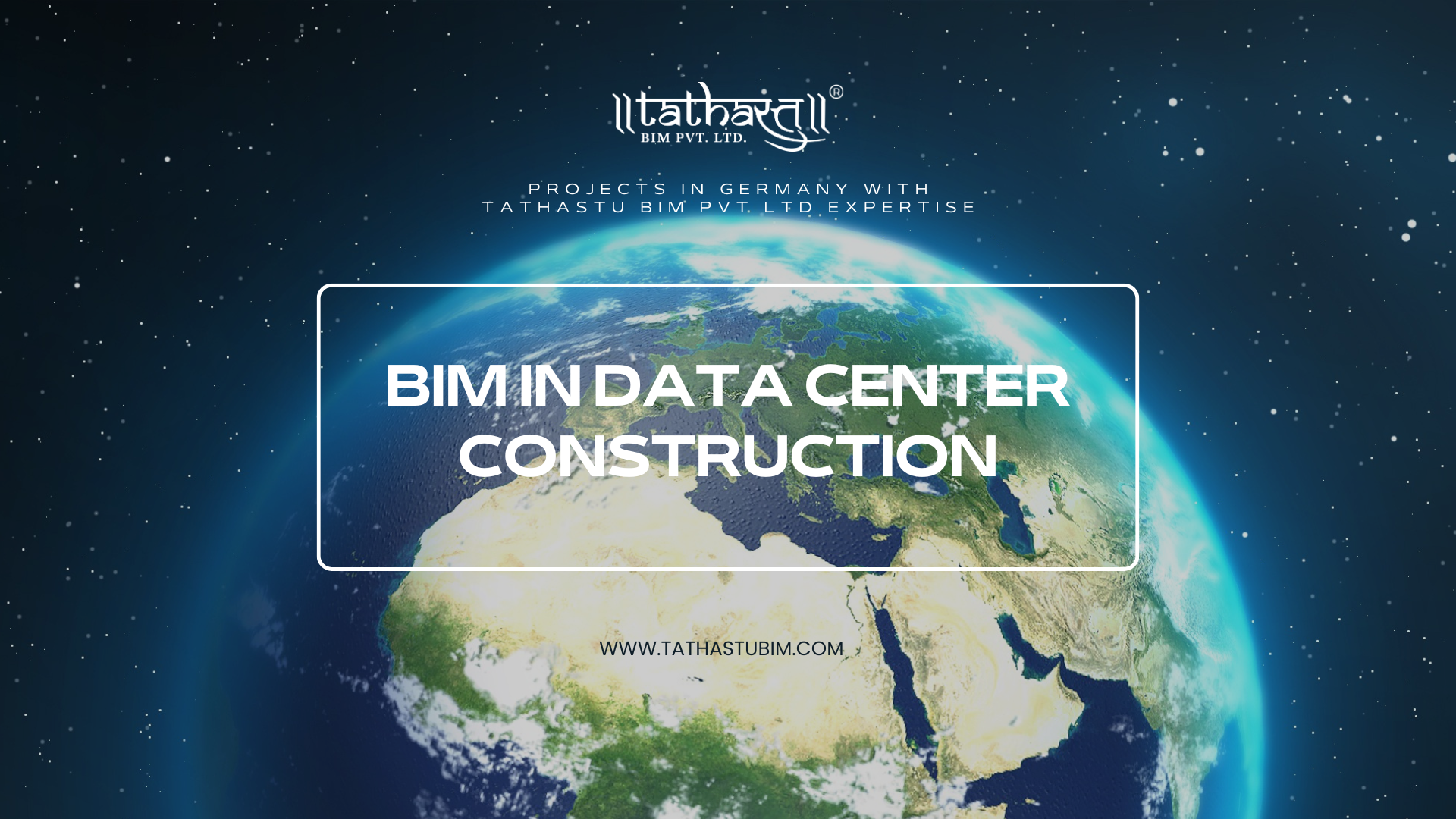


Revolutionizing Construction Industry with BIM Technology in India
The construction industry in India is evolving at an unprecedented pace, thanks to a technology that’s transforming the way buildings are designed and constructed. Building Information Modeling (BIM) technology has been the game-changer for this industry, bringing several benefits such as enhanced collaboration, cost savings, and improved project efficiency. In this blog post, we’ll explore how BIM technology is revolutionizing the construction sector in India and why businesses should adopt it to stay ahead of the curve. So buckle up and get ready to delve into one of the most exciting advancements in modern-day architecture!
Introduction to BIM Technology
The construction industry in India is at the cusp of a revolution with the adoption of Building Information Modeling (BIM) technology. BIM is a process that uses computer-generated 3D models to Allowing for better, more efficient coordination and communication among all project stakeholders,
BIM has the potential to truly transform the construction industry in India by improving project quality, reducing costs and delivery timeframes, and increasing transparency and accountability throughout the entire construction process.
The Indian government has been a key driver of BIM adoption in the country, with initiatives such as the Smart City Mission and Housing for All scheme requiring the use of BIM on all infrastructure projects. As a result, there is a growing demand for skilled professionals who are familiar with BIM software and workflows.
If you’re looking to get ahead in your career in construction, learning BIM is essential. In this article, we’ll give you an introduction to what BIM technology is and how it’s being used in India to change the construction landscape.
What is BIM Technology?
BIM or Building Information Modeling is an intelligent 3D model-based process that provides insight to help you make better decisions throughout the lifecycle of your building.
In simple terms, BIM can be defined as a digital representation of physical and functional characteristics of a facility. Data is attached to the components in the model enabling simulations to be run to support decision-making regarding the design, construction and operation of the built environment. Insights generated can help reduce costly errors, save time and improve workflows.
BIM frees designers from having to imagine what buildings will look like and allows them to focus on designing for function. It also enables more accurate coordination between different disciplines during construction, leading to reduced on-site issues and clash detection. In addition, BIM facilitates improved communication with all project stakeholders including architects, engineers, contractors and clients.
Benefits of Using BIM in India
In India, the construction sector is booming with new infrastructure projects being undertaken every day. The use of Building Information Modelling (BIM) technology is revolutionising the construction industry by providing a more efficient and effective way to design and build new structures.
Some of the benefits of using BIM in India include:
- Increased accuracy and precision in the design process: BIM provides a 3D model of the proposed structure which helps in identifying any potential errors or clashes during the design stage itself. This allows for a more accurate and precise final product.
- Reduced construction costs: BIM-based project delivery can help reduce overall construction costs by up to 20%. This is because the use of BIM leads to reduced material wastage, shorter project timelines, and improved on-site coordination.
- Enhanced project management: With BIM, all project information is stored in a centralised database which can be accessed by all project stakeholders. This allows for better communication and coordination between different teams, leading to enhanced project management overall.
- Improved safety and quality: By virtue of being more accurate and precise, BIM-based projects tend to have fewer on-site accidents as well as improved compliance with quality standards. This leads to enhanced safety for workers as well as a better final product for clients.
Understanding the Use of BIM in Construction Projects
BIM, or Building Information Modeling, is a process that uses computer-aided design (CAD) and other tools to create a virtual model of a building. This model can be used to help plan, design, and build the actual structure.
There are many benefits to using BIM in construction. Perhaps the most important is that it allows for better coordination between all parties involved in the project. With BIM, architects, engineers, and contractors can all view the same model and make sure that their work is compatible. This can save a lot of time and hassle during the construction process.
BIM also provides a better way to visualize the project. CAD models can be helpful, but they can be difficult to interpret. With BIM, you can create realistic 3D images of the proposed building that allow everyone to see what the finished product will look like. This can help with making decisions about materials, layout, and other factors.
Finally, BIM can be used to create simulations of how the building will perform after it is completed. This includes things like energy usage and traffic flow. By understanding these issues before construction even begins, companies can
How Does BIM Service Work in India?
BIM services in India have been widely adopted by construction companies and professionals to streamline their workflows and increase efficiency. The use of BIM technology has helped Indian construction companies save time and money, while improving the quality of their products and services.
BIM services help construction professionals in India by providing them with a comprehensive view of the project, from start to finish. By using BIM technology, construction companies can avoid errors, save time, and improve communication among team members. In addition, BIM services help architects and engineers to design better buildings, while reducing the need for paper drawings.
The adoption of BIM technology is revolutionizing the construction industry in India. With its many benefits, it is no wonder that more and more construction companies are making the switch to BIM services.
Challenges Faced by the Indian Construction Industry While Implementing BIM Techniques
Despite the many benefits that BIM technology can offer the Indian construction industry, there are still a number of challenges that need to be overcome in order for it to be fully embraced and implemented. One of the biggest challenges is the lack of awareness and understanding of what BIM technology is and how it can be used to improve project delivery. There is also a lack of skilled personnel who are trained in using BIM software, which makes it difficult for construction firms to adopt and implement BIM technologies. Other challenges include the high cost of BIM software and hardware, as well as resistance from traditional design and construction professionals who are unwilling to change their current way of working.
Strategies Used to Overcome Those Challenges
As the construction industry in India looks to modernize and improve efficiency, Building Information Modeling (BIM) technology is becoming an increasingly popular solution. However, there are several challenges that need to be overcome in order for BIM to be successfully adopted on a large scale.
Some of the main strategies being used to overcome those challenges include:
- Increasing awareness of BIM and its benefits: One of the biggest challenges is simply getting people aware of what BIM is and how it can help improve the construction process. Luckily, there are now more resources available than ever before to help with this, including educational seminars, conferences, and online courses.
- Getting buy-in from all stakeholders: BIM adoption requires buy-in from everyone involved in a project, from the architects and engineers to the contractors and project managers. It’s important to have a clear plan for how BIM will be used on a project and get everyone on board before starting work.
- Finding qualified BIM experts: As BIM becomes more popular, there is an increasing demand for qualified experts who know how to use the software properly. While there are still relatively few people with this expertise in India, it’s hoped that this will change as more education and training opportunities become available.
- Overcoming resistance to change: Like with any new technology or way of working, there can be resistance from some people when transitioning to BIM.
Conclusion
BIM technology is revolutionizing the Indian construction industry, with its modern and efficient processes that save time and money. This powerful software offers a tremendous opportunity for improved project management and collaboration between parties involved in construction projects. With its application growing at an accelerating rate, BIM looks increasingly likely to be adopted by more organizations looking to make use of technology advancements within their respective realms. It’s clear that there are numerous potential benefits which could result from using this innovative tool when it comes to constructing buildings in India.
Popular Posts





